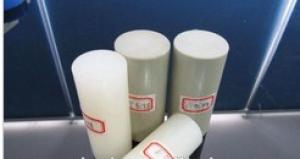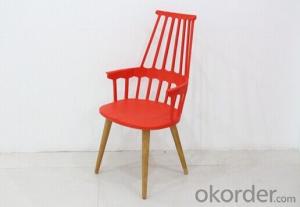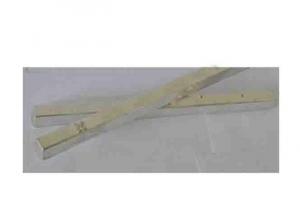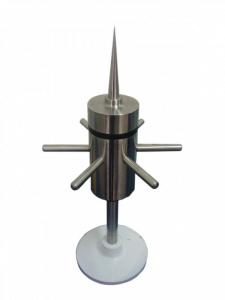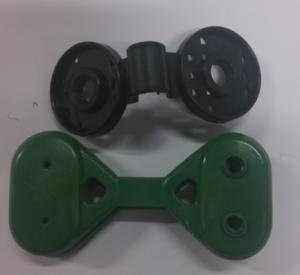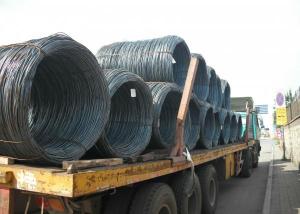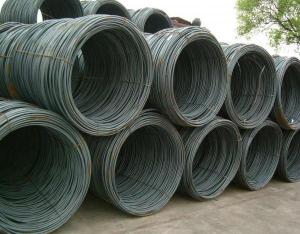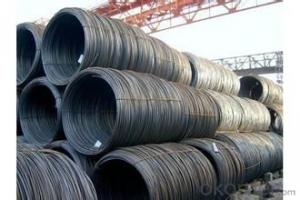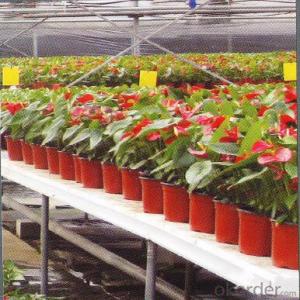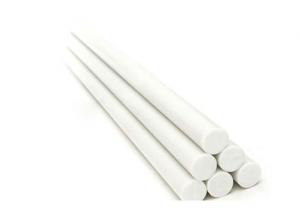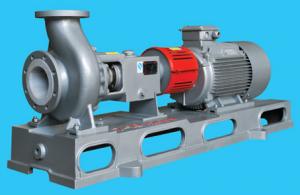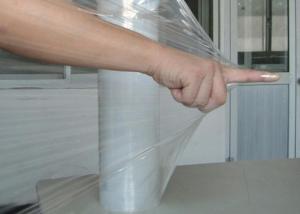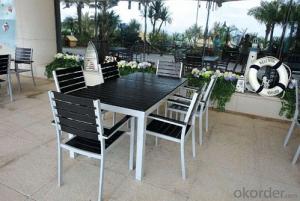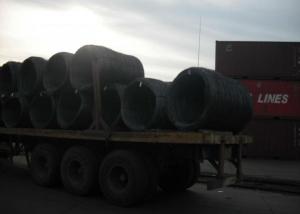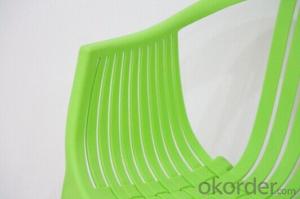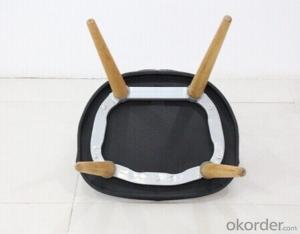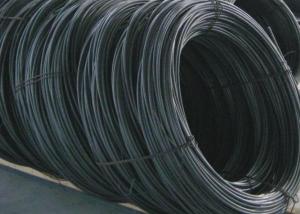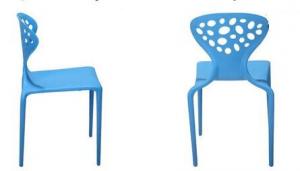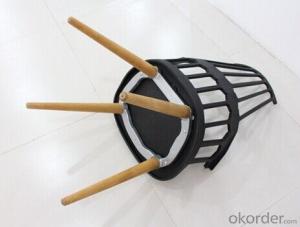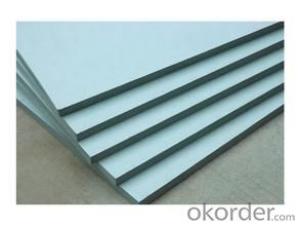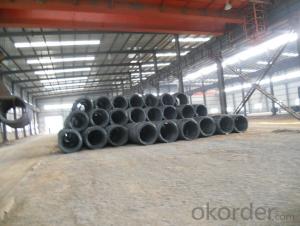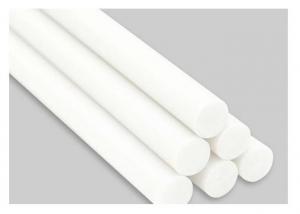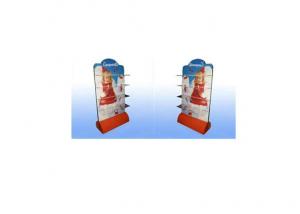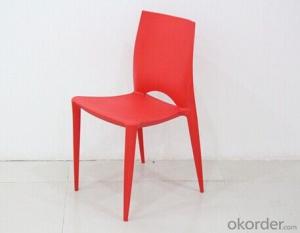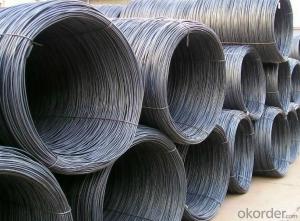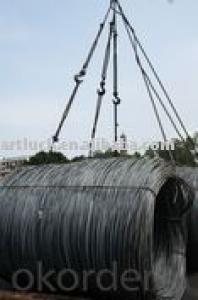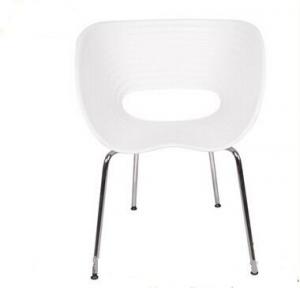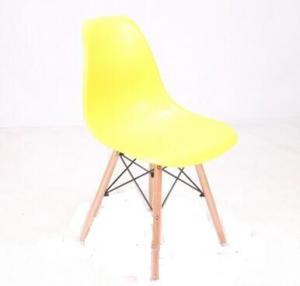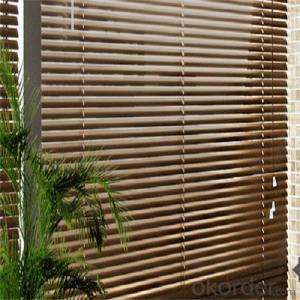Plastic Rod
Plastic Rod Related Searches
Plastic Roll Plastic Arch Plastic Tube Slide Plastic Window Screen Red Plastic Tube Blue Plastic Sheet Roll Green Plastic Fencing Roll 1 4 Stainless Steel Rod Plastic Mesh Bag Plastic Crusher Plastic Tubing Plastic Poster Tube Hollow Stainless Steel Rod 1 2 Stainless Steel Rod 1/4 Stainless Steel Rod Plastic Shapes 1 Inch Threaded Rod Stainless Steel Rod 1 4 Stainless Steel 1/2 Rod Pda Plastic Trim Plastics 1 8 Stainless Steel Rod Plastic Crusher Machine Clear Plastic Plastic Window Channel 3 16 Stainless Steel Rod Small Plastic Tubes With Lids Small Bore Plastic Pipe Garden Plastic Netting Stainless Steel 1/8 RodPlastic Rod Supplier & Manufacturer from China
Plastic Rod, a versatile and durable material, encompasses a wide range of products such as acrylic rods, polycarbonate rods, and nylon rods. These rods are known for their excellent physical properties, including high impact resistance, low friction, and chemical resistance, making them suitable for various applications. The usage scenarios for plastic rods are extensive, spanning across industries like construction, automotive, electronics, and packaging. They are commonly used for manufacturing components, creating protective barriers, and as insulating materials in electrical applications. Okorder.com, as a reputable wholesale supplier, boasts a vast inventory of plastic rods to cater to the diverse needs of customers worldwide. With their comprehensive selection and competitive pricing, Okorder.com has established itself as a go-to source for high-quality plastic rods.Hot Products
